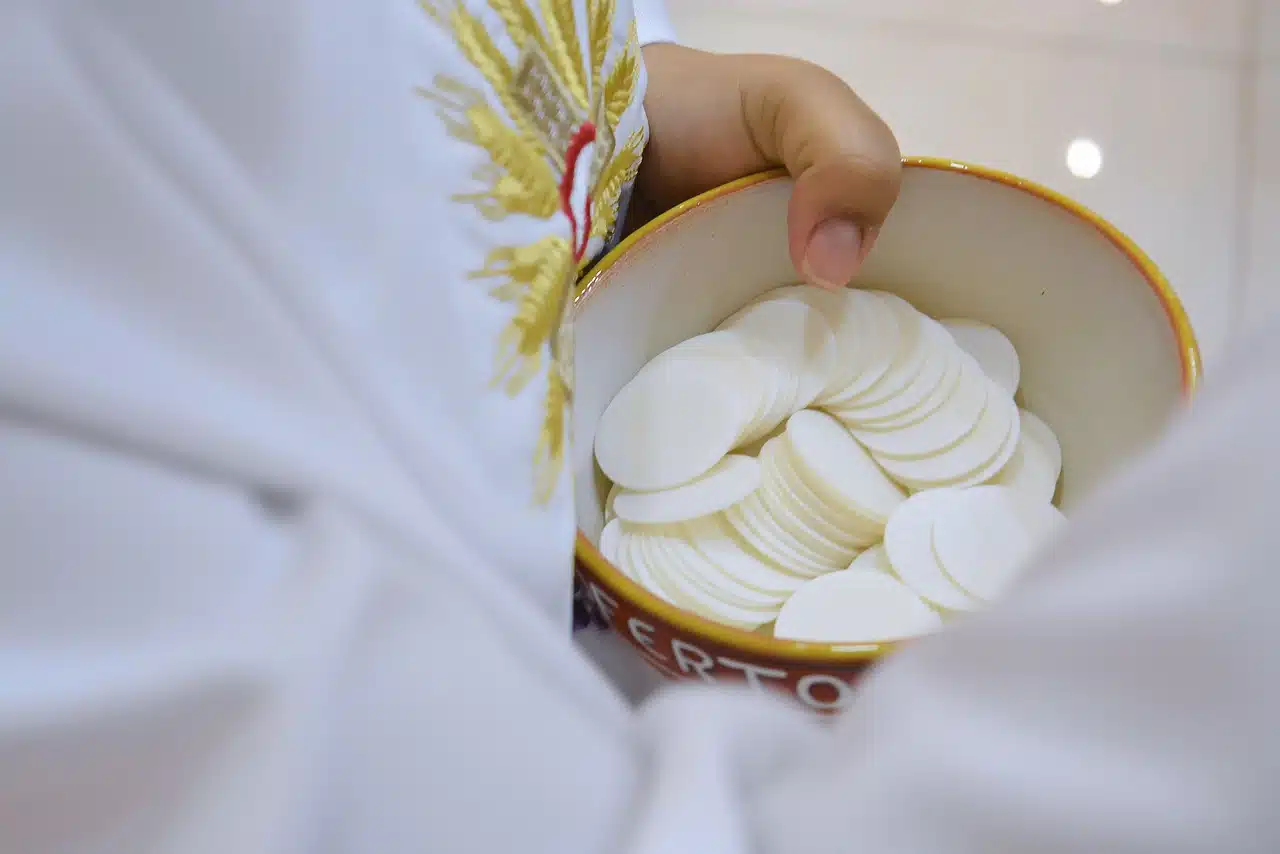
The sacrosanct is holy and sacred.
Holy and sacred
A holy individual stands out for his virtue, while a holy thing is consecrated to God . The sacred, for its part, is linked to a divinity or has a divine character, which makes it worthy of being venerated.
In the religious context, a saint is a person who is considered especially close to God and who has been recognized by the church as worthy of veneration and an example of virtue. Saints are figures respected for their pious lives and dedication to the faith . They are also used as intermediaries between the faithful and the divine , to whom special powers of intercession are attributed. Additionally, the word holy is used to describe something that is free from sin or moral corruption.
Sacred refers to everything related to the transcendental. Thus it is considered something worthy of respect and reverence , and is often associated with the religious or spiritual. It is used to describe places, objects, rituals or texts that are considered especially untouchable or inviolable. Sacred character is attributed to what is considered apart from the profane, ordinary or secular, and is associated with purity and connection with the divine.
Sacred Council
In this context, one of the constitutions that emerged from the Second Vatican Council that took place in 1959 is known as the Sacred Council ( Sacrosanctum Concilium ). His name is an expression that emphasizes his importance and sacredness.
This council was called by Pope John XXIII, but promulgated by Paul VI ; It was held in several sessions between 1962 and 1965 in the Vatican. The document has a proem, seven chapters and an appendix that cover topics such as the nature of the liturgy, the importance of promoting liturgical education, ecumenical relations, the role of the laity, openness to dialogue with other religions and support to pastoral action of a liturgical type.
While this term can be used to refer to other councils, in the specific context of the Catholic Church it is commonly used to refer to the one mentioned above, also known as the Second Vatican Council . It was an event of great importance in the history of the Catholic Church, as it sought to update and renew various aspects of the life and doctrine of the Church in response to the challenges and changes of the modern world.
The Second Vatican Ecumenical Council had a significant impact on the Catholic Church and its legacy can be seen in many areas of Catholic life and practice to this day. The teachings and documents emanating from this council continue to be an object of study and reference for theologians, leaders and Catholic faithful throughout the world.

The Sacred Council took place in 1959.
Untouchable or unquestionable
In colloquial language, the idea of sacrosanct is used with respect to something that seems or is untouchable or impossible to question . The sacrosanct, in this sense, is considered a certainty or an immovable reality: "No one can attack my sacrosanct right of opinion," "In my government, private property will be sacrosanct: I will not allow land to be taken or homes to be usurped." , "The word of the experienced coach is no longer sacrosanct for the players, who are even encouraged to express their disagreements with the technical director in public."
Etymology
The word sacrosanct comes from the late Latin sacrosanctus , which is composed of the following two elements:
- sacro : comes from the Latin sacrare , which means " to consecrate " or "to make sacred." This term is related to the idea of the divine, the sacred and the venerable;
- sanctus : also from Latin, it means "holy" or "consecrated." It is derived from the verb sancire , which means "to consecrate" or "to declare sacred."
